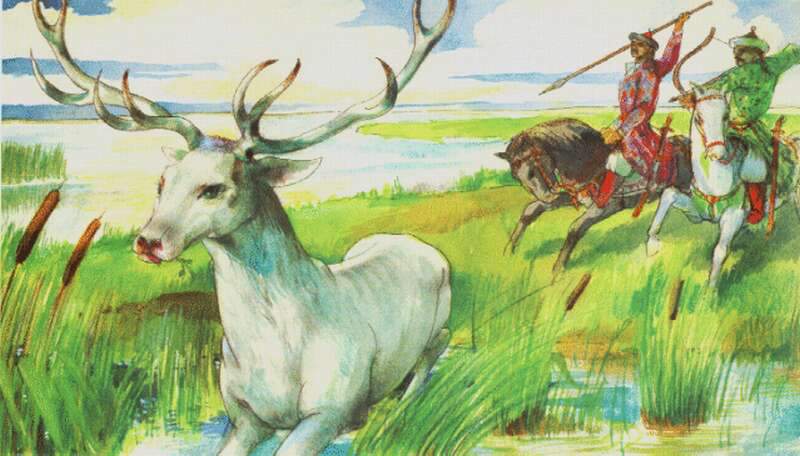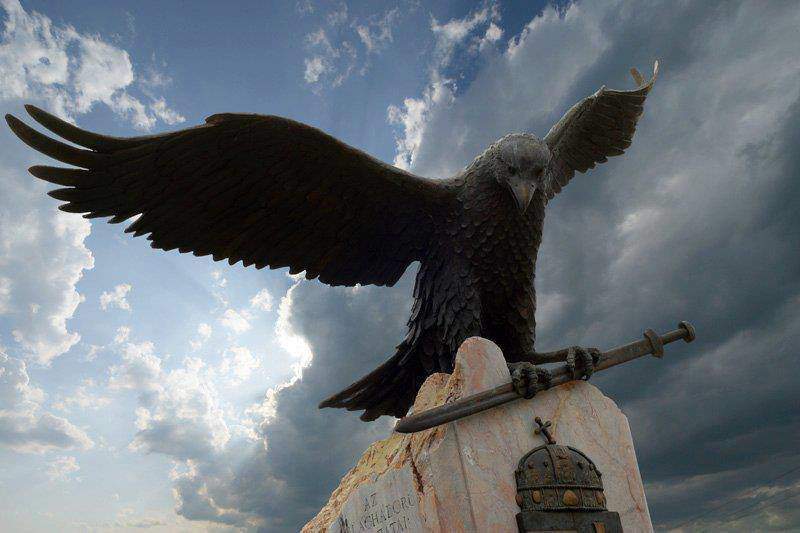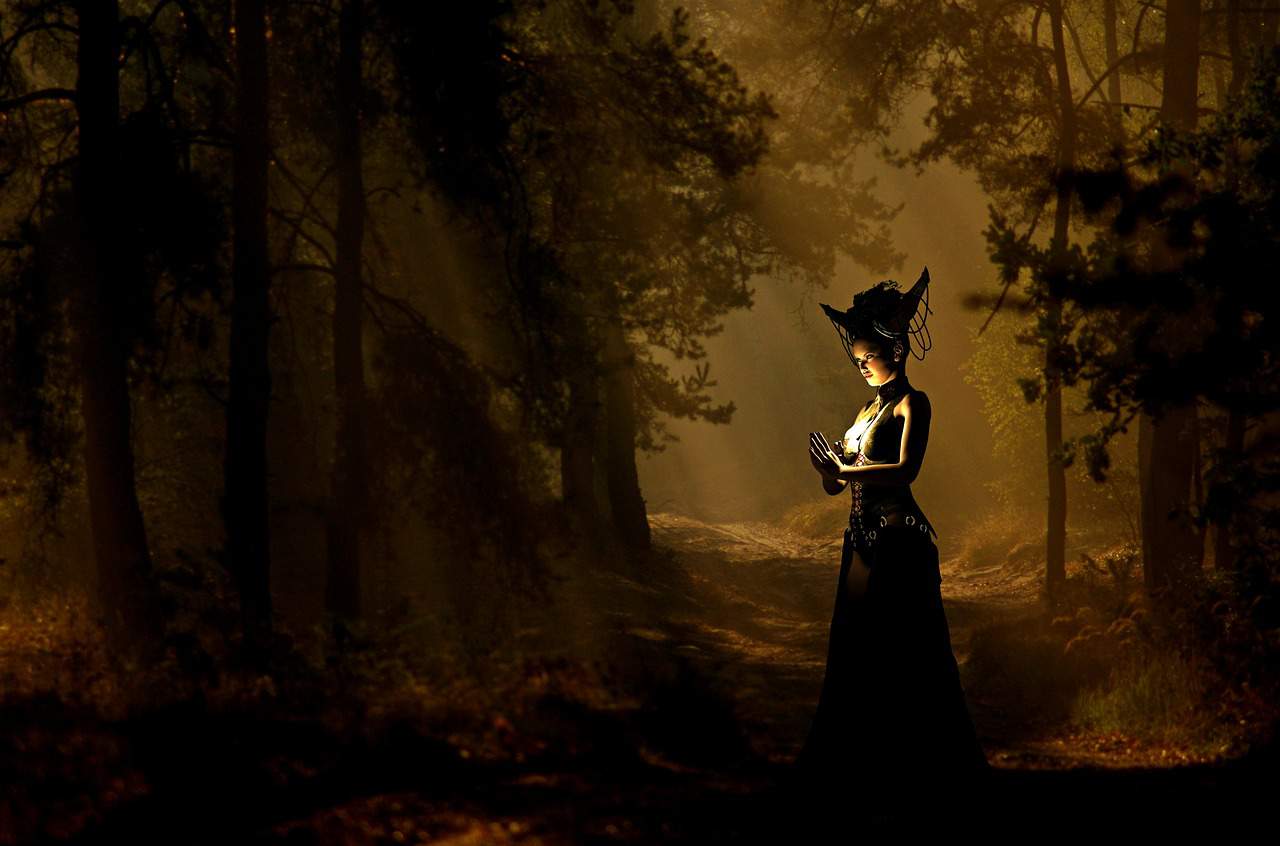What are the most popular mythical creatures in Europe? – PHOTOS

Not everyone is into it, but with Halloween being more and more widespread, the end of October is the spooky season for many. Shops decorate their windows or the entire store with spider webs and cute ghosts. While nowadays it is more of a cheerful and fun holiday, the roots are a bit creepier and more mythical. Bedsheet ghosts, vampires, zombies, and werewolves became a major part of popular culture, but for many countries, there are a dozen different and interesting mythical creatures that are part of their folklore.
To get you into the spooky spirit, CashNetUSA created beautiful maps that feature the most popular creatures of many countries. But it is not just a guess; according to Matador Network – who also featured their maps –, CashNetUSA used plenty of sources, such as bestiaries, and then examined with the help of Google data which creatures were the most searched for in each region.
Thanks to their wide use throughout history, on coats of arms and flags, as well as in legends, movies, and books, it is no wonder that the dragon is one of the most popular mythical creatures in Europe.
It was at the top of creature searches in England, Wales – although the creature is a bit different for Welsh people than some of the other countries –, Italy, Switzerland, Lichtenstein, and San Marino.
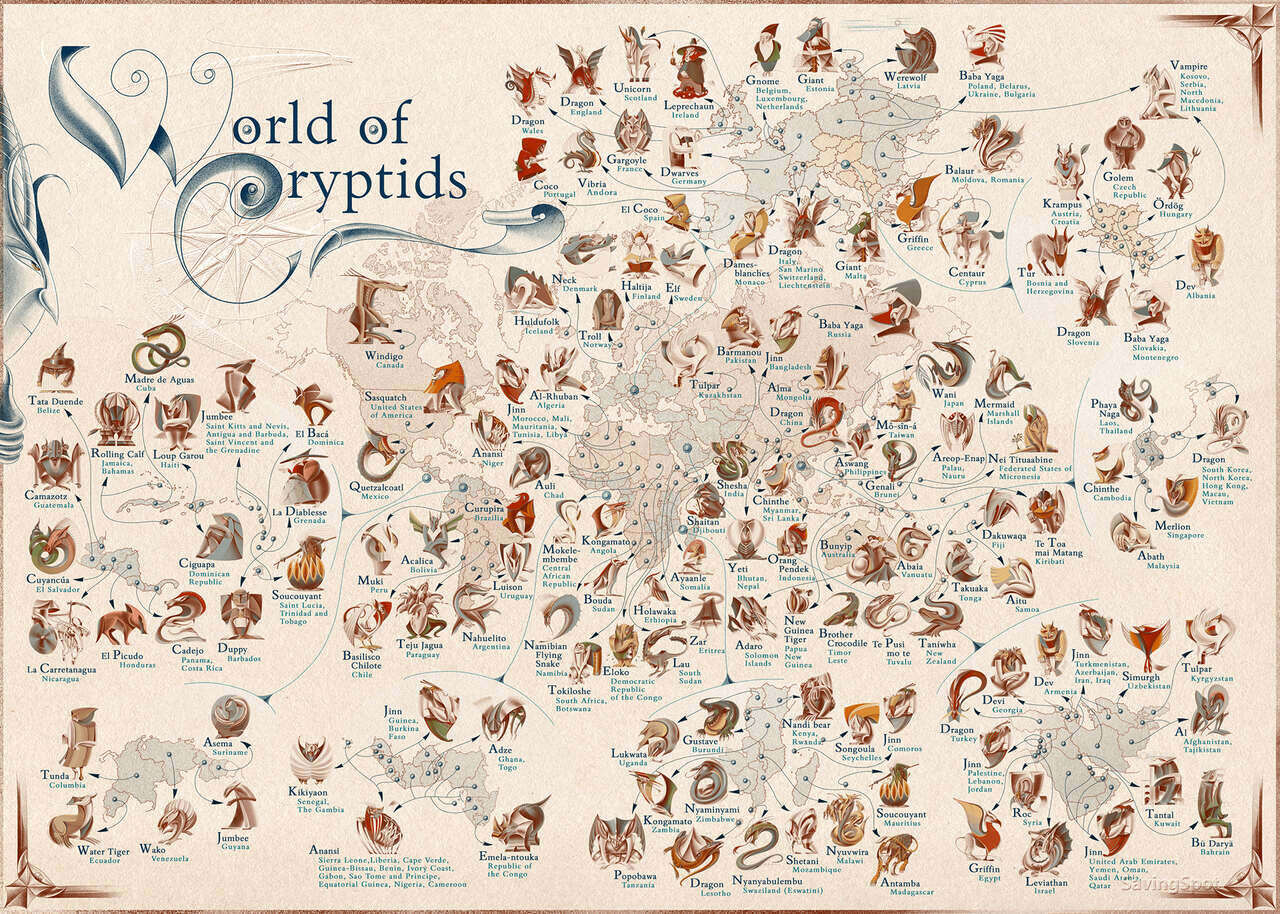
Another creature that you might have heard of is the ‘Baba Yaga’. It was featured in the more recent Hellboy movie, and Keanu Reeves in the John Wick series was also referred to by this name. She is an old, forest-dwelling witch or a trio of old witches who are an integral part of Slavic culture. Her hut has chicken legs and, depending on the circumstances and different stories, she is either a child-eating monster or someone who might help people who seek her. She is well-known in Belarus, Bulgaria, Russia, Montenegro, Ukraine, and Slovakia.
It is evident from this map that Europe is quite varied; there are a lot of different creatures that are popular in different countries.
One such creature is the ‘Ördög’, the Devil himself. According to the list, it was the most searched creature in Hungary.
The depiction of the Devil may vary, and he may be referred to by many names. Most of the time, he is equivalent to the Christian Satan or Lucifer, sometimes even called Beelzebub. Some cultures see the Devil as an archetype of a creature; devils are more like demons but maybe lesser creatures.
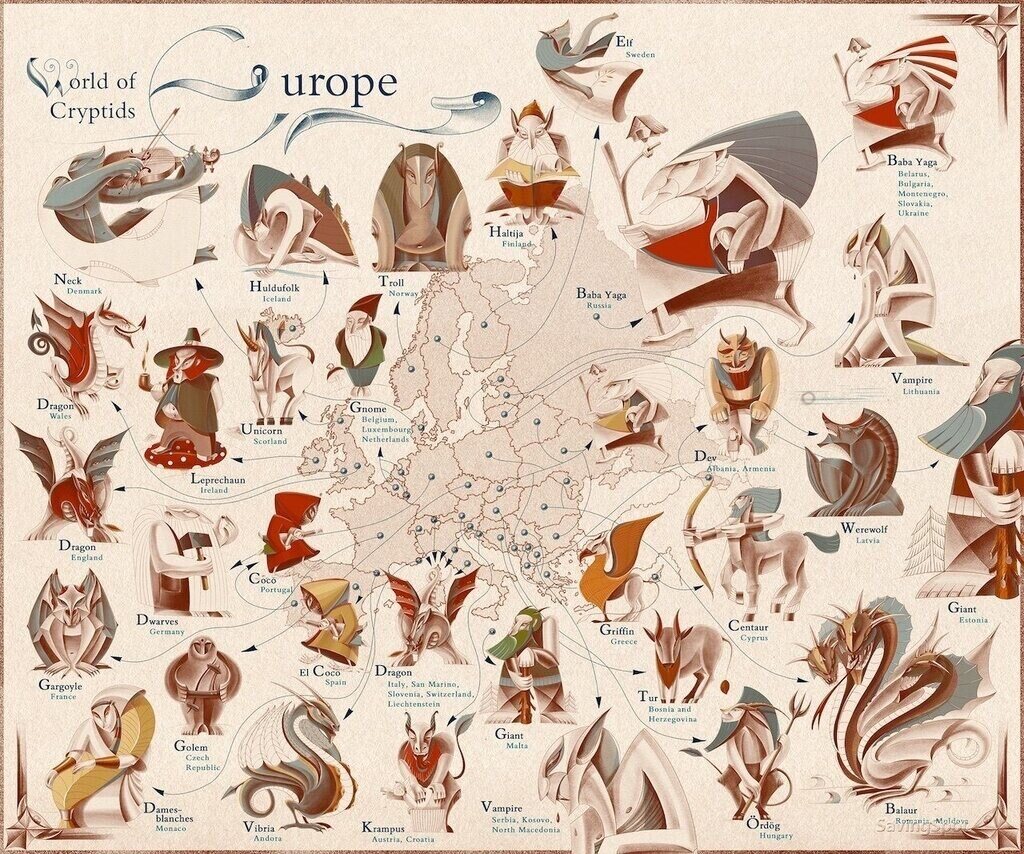
As you can see in the illustration to this map, this creature is depicted as half man, half goat with a trident in his hands. This is typical of the Hungarian and many other European folk depictions of the Devil. In most of the stories, he plays the part of the antagonist, but he is not always pure evil. He is usually a test of faith who tries to tempt the protagonist to sin or fall. Most of the stories end well and are educational for children to behave properly. The Devil was featured in many movies, such as The Ninth Gate, The Devil’s Advocate, or Constantine, and maybe the most recent depiction of him is in Lucifer, the popular TV series.
For the other maps and more information on them, you should read the article of Matador Network, but if you are interested, you can read more about Hungarian folklore and religion in the following articles:
Source: Matadornetwork.com, Cashnetusa.com


